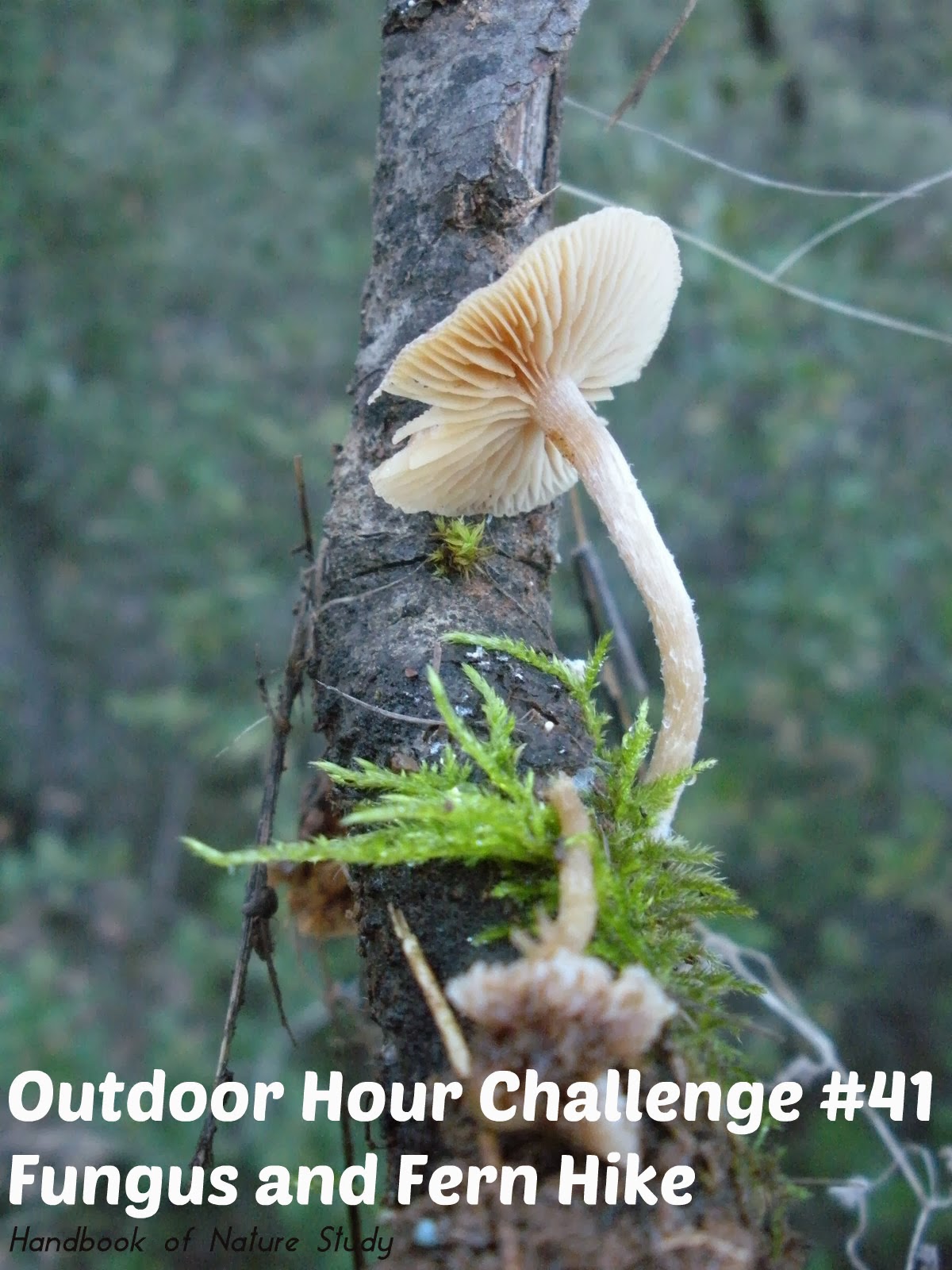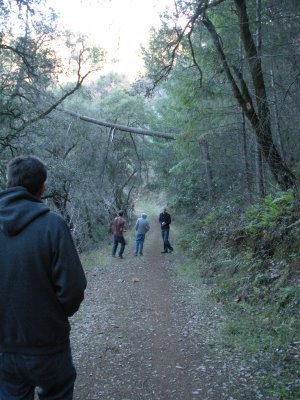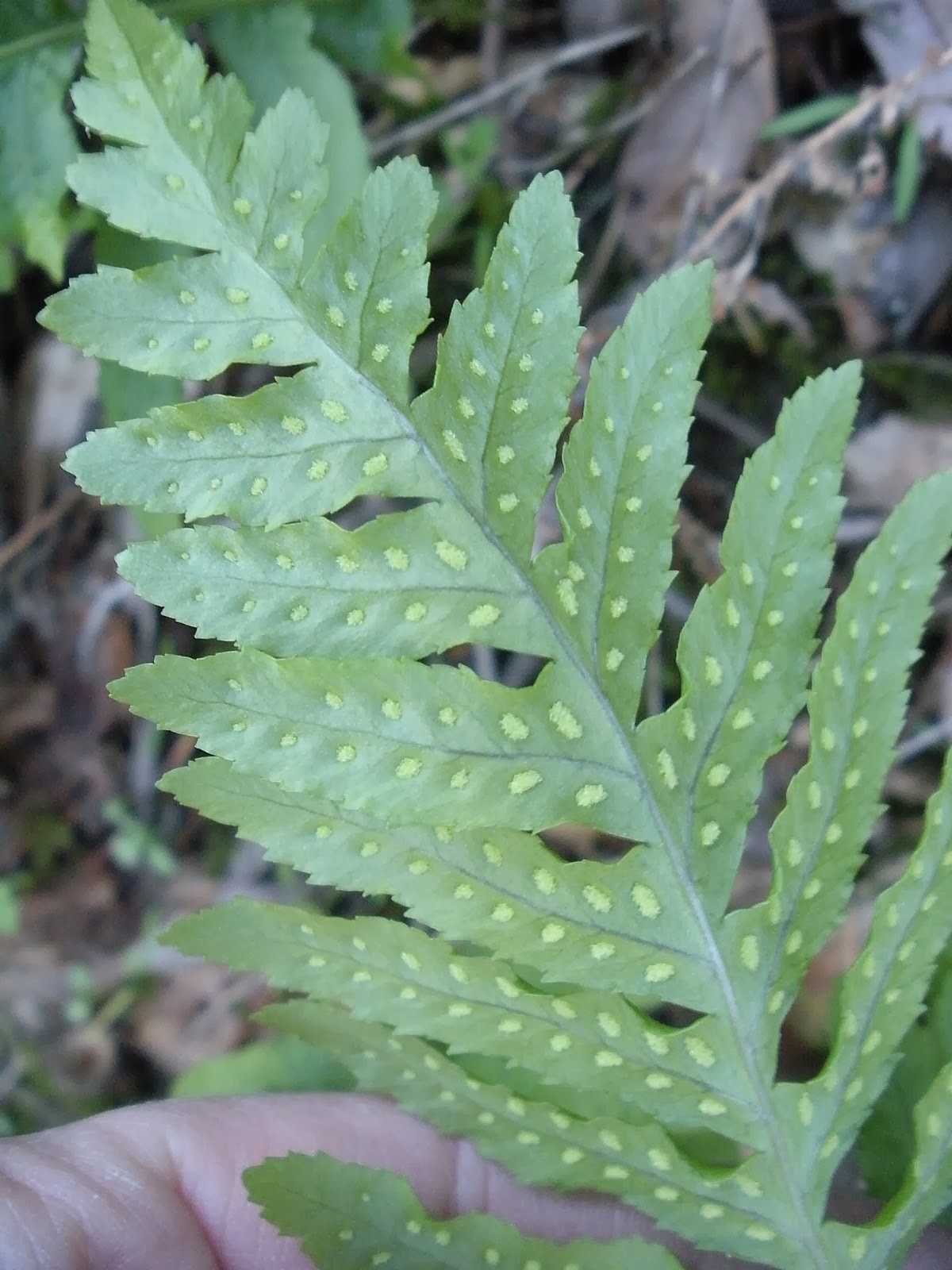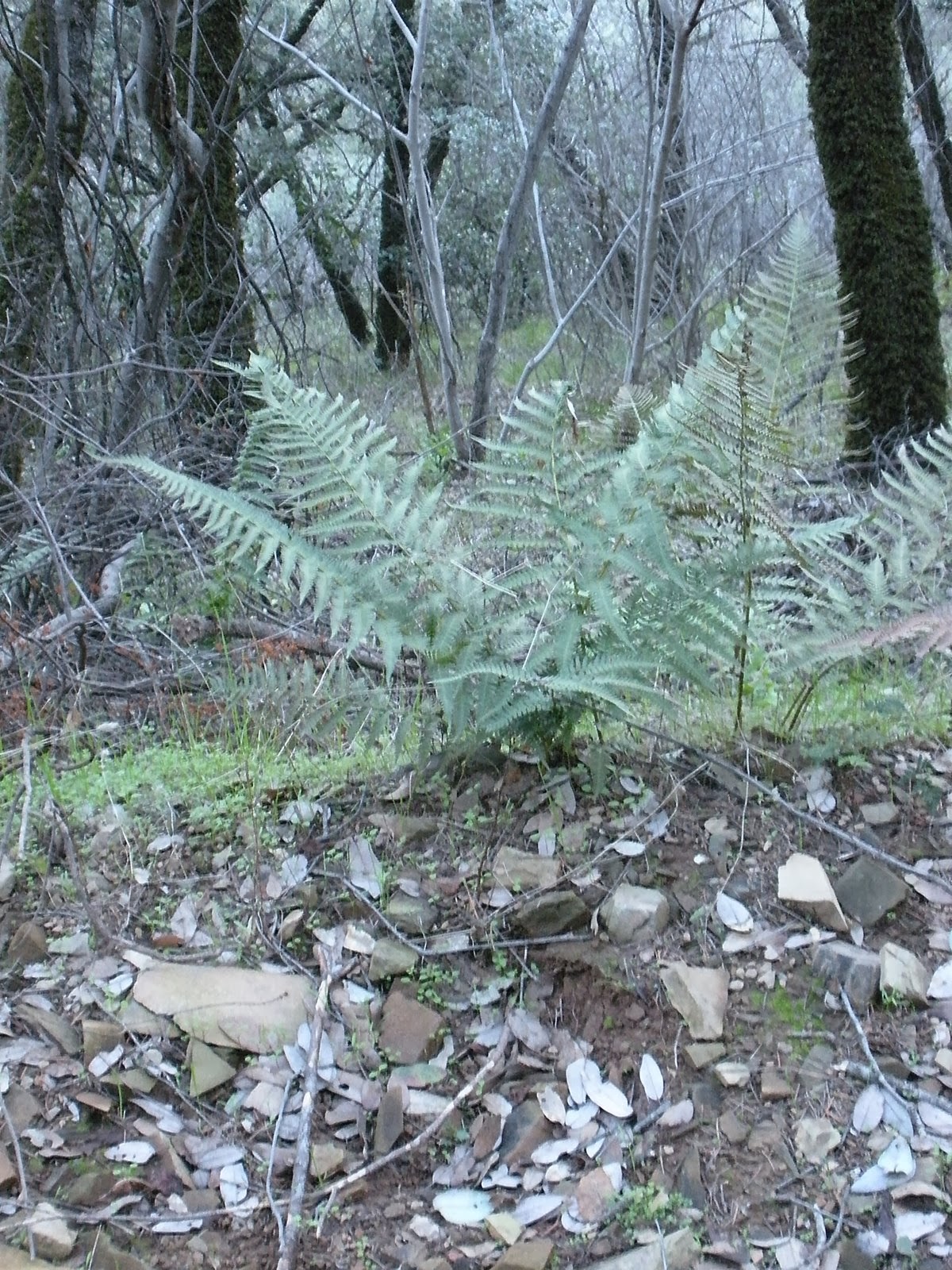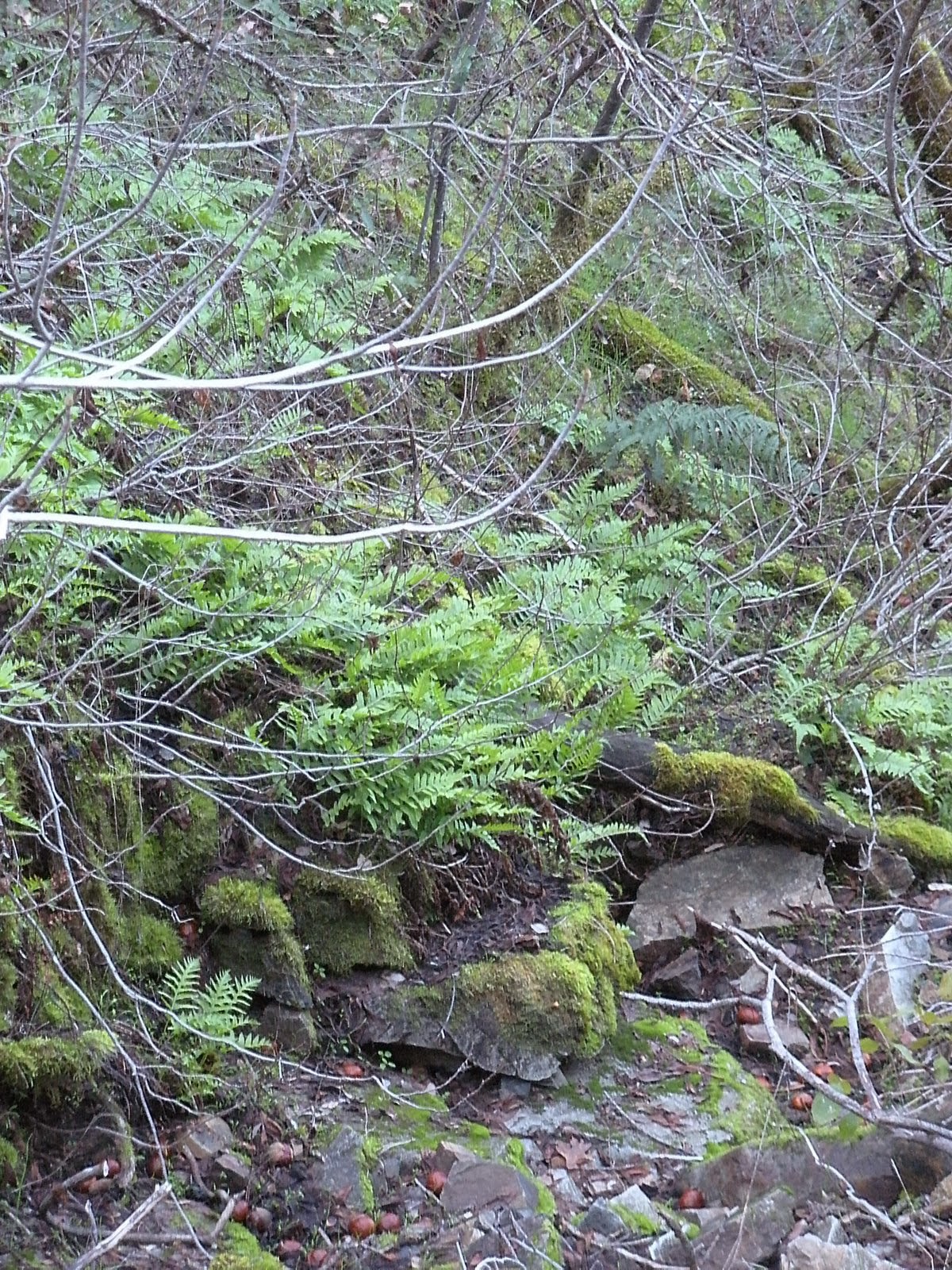
NOTE: If the challenge is included an ebook, it is noted directly after the challenge. If you have an Ultimate Membership, you will be able to pull up the ebook and print any notebook pages, coloring pages, or other printables for your nature study.



Mushroom, Lichen, Moss, Fern Challenges
Bracket Fungi -Autumn Nature Study Continues
Ferns – More Nature Study Spring
Field Horsetail – Autumn 2015
Hedgehog Fungi – Autumn 2015
Moss and Lichen
Moss Observation Notebook Page
Molds, Puffballs, Morels
Mushrooms -Autumn ebook
Extraordinary in the Ordinary – Mushrooms
Mushroom Cap Shapes Notebook Page
Scarlet Cup -Winter Nature Study Continues
Stinkhorn Nature Study -Autumn Nature Study Continues
Parts of a Mushroom Notebook Page
Newsletters With a Mushroom, Lichen, Moss, or Fern Theme (If you have a membership, you have access to all archived newsletters.)
- March 2013 – Mushroom, Lichen, and Moss study grid printable. Mushroom coloring page. Types of lichen.
- March 2016 – Lichen and moss nature study ideas. Lichen Study notebook page. Lichen vocabulary.
- November 2016 – Mushroom Cap notebook page. Nature study ideas for fungi.
Weather Challenges
Autumn Weather – Autumn ebook
Autumn Weather Challenge #1
Autumn – Signs of Autumn
Cloud Observations
Fall Seasonal Weather Challenge -with free printable notebook page
Fall Color Walk – More Nature Study Autumn
Seasonal Weather with Four Seasons Notebook Pages
Snow– Winter Wednesday
Spring Splendor Walk – More Nature Study Spring
Spring Weather – Spring ebook
Summer Weather – More Nature Study Summer
Weather Record Chart – printable notebook page
Weather Study with Weather Sounds Printable Notebook Page
Weather Walk – Four Seasons free printable notebook page
Winter Weather -Winter ebook
Winter Wonder Weather– More Nature Study Winter
Seasonal Challenges
December World-free printable notebook page
November World– Autumn ebook
The Winter World
Newsletters With a Weather Theme (If you have a membership, you have access to all archived newsletters.)
- December 2011 – Know Your Own Backyard in December notebook page. December World study grid.
- January 2012 – January World study grid.
- February 2012 – Know Your Own Backyard in February notebook page.
- March 2012 – Know Your Own Backyard in Early Spring notebook page. Early Spring study grid.
- April 2013 – April study grid.
- May 2013 – May study grid.
- July 2012 – Beat the Heat study grid. Know Your Own Backyard When Its Hot notebook page.
- December 2012 – Weather study ideas. Weather nature table ideas. My Weather notebook page.
- September 2013 – Fall Fun grid study. Fall Time Field Trip notebook page.
- November 2013 – Weather Observation study grid.
- January 2014 – Winter Fun study grid.
- February 2014 – February Fun study grid.
- March 2014 – Lion or Lamb notebook page.
- June 2014 – Summer Fun grid study printable.
- February 2015 – Winter nature study ideas.
- March 2015 – Calendar of Firsts for nature observations. Printable nature calendar.
- December 2015 – Weather chart printable. My Seasonal Weather notebook page. Weather Study big grid printable.
- October 2016 – Weather nature study and nature journal ideas.
- December 2016 – Silent Autumn Nature Walk notebook page.



Banana Slug – Creepy Things ebook
Black Widow – Creepy Things ebook
Catfish – Autumn 2015
Common Shiner – Summer Nature Study Continues
Crayfish –Spring Nature Study Continues
Earthworms– Spring ebook
Fish Nature Study and Definition Copywork Page
Frogs – Summer ebook
Frog Field Guide Notebook Page
Goldfish Nature Study-free printable notebook page
Johnny Darter – Summer Nature Study Continues
Leech – Creepy Things ebook
Lizard, Gecko, Anole Study –Autumn Nature Study Continues
Millipede – Creepy Things ebook
Newts -Spring Nature Study Continues
Snakes-Spring ebook
Snails -More Nature Study Spring
Sphinx Moth – Creepy Things ebook
Spring Peepers -Spring Nature Study Continues
Sunfish – Summer Nature Study Continues
Tarantula – Creepy Things ebook
Trout and Salmon –Autumn ebook
Turtles and Pondweed-More Nature Study Summer
You may also want to read my review of this awesome resource: National Audubon Society First Field Guide to Reptiles.
Additional Links You May Find Helpful:
- Focus on Reptile and Amphibians – Our Two Snakes
- Follow my Reptiles and Amphibians Pinterest Board.
- Field Trip Notebook Page
- Reptile Notebook Page
Newsletters With a Reptile, Amphibian, Invertebrate, or Fish Theme (If you have a membership, you have access to all archived newsletters.)
- April 2013 – Reptiles and Amphibians study grid.
- July 2013 – Fish grid study. Fish Study – Trout notebook page.
- October 2015 – Reptile Study notebook page.
- August 2016 – Invertebrate nature journal and nature study ideas. Snail Study notebook page.
- May 2017 – Fish study grid. Fish nature study and nature journal ideas.

Rock Related Challenges
Calcite – Autumn 2015
Crystal Study– Winter Nature Study Continues
Feldspar Study– Winter Nature Study Continues
Granite Study and Other Igneous Rocks – More Nature Study Book Summer
Limestone – Autumn 2015
Magnets and Compass – More Nature Study Winter
Marble – Autumn 2015
Mica Rock Study – Autumn Nature Study Continues
Quartz Study -More Nature Study Winter
Rock Observation Challenge – free printable chart
Rock Study Using a Magnifying Lens – free printable notebook page
Rock Collection Ideas – free printable activity
Rock Study and printable game activity
Salt Study – Winter ebook
Sand and Soil -More Nature Study Summer
Newsletters With a Rock Theme (If you have a membership, you have access to all archived newsletters.)
- January 2013 – Rock study grid. Rock collection ideas.
- February 2016 – Rock nature journal and study ideas.
- March 2017 – Rock nature study and nature journal ideas.
Sky and Stars
Moon and Moon Names– More Nature Study Winter
Moon and Craters Nature Study-free printable notebook page
My Backyard At Night Notebook Page (free printable)
Night Sky Study- Cassiopeia – Autumn Nature Study Continues
Orion Study – Winter Nature Study Continues
Winter Sky and Stars – Winter ebook
Winter Sky– Winter Wednesday
Year-Long Big Dipper Study -free printable notebook page
Newsletters With a Sky or Star Theme (If you have a membership, you have access to all archived newsletters.)
- August 2013 – Night sky study ideas. Night Sky study grid.
- July 2016 – Sky and stars nature journal and nature study ideas. Big Dipper study notebook page.

Cattail Seasonal Nature Study -free printable notebook page
Pond Seasonal Study -free printable notebook page
Newsletters With a Pond, Beach, or Creek Theme (If you have a membership, you have access to all archived newsletters.)
- August 2011 – Pond and marsh study ideas. Summer Pond Study notebook page. Pond study grid.
- June 2012 – Beach and tidepool nature study ideas. Beach grid study printable. My Seashore Study notebook page.
- July 2013 – Year long pond study ideas.
- February 2016 – Creek nature study in four seasons. Creek Study notebook page.
Miscellaneous Challenges
Brook – – Autumn 2015
Small Square Study – Winter ebook
Small Square Study – free printable notebook page
Winter Berries –Autumn Nature Study Continues
Winter Colors – Winter Wednesday


























